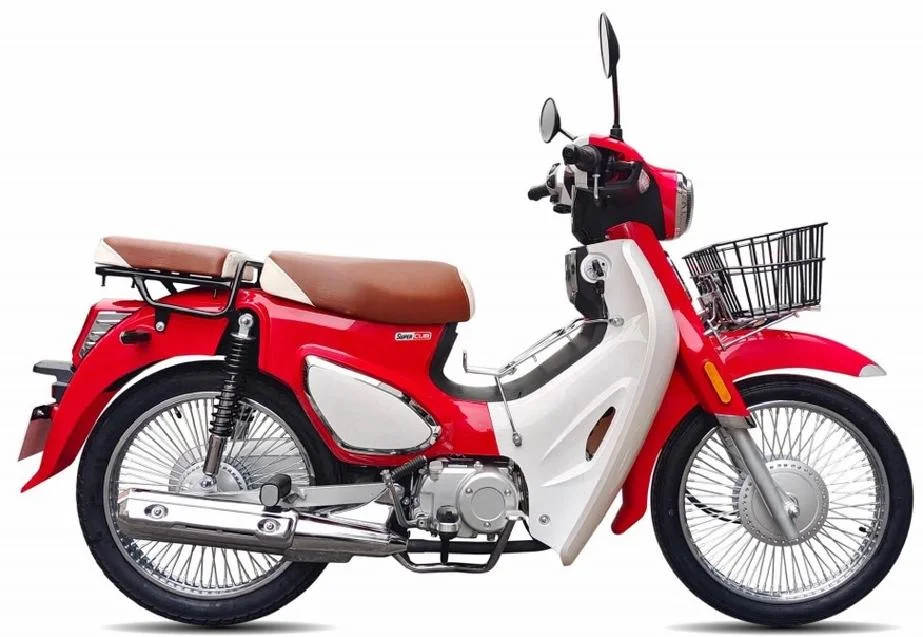Navigating the Distinctions: Unraveling the Differences between Maritime and Marine Transportation
In the vast realm of transportation, two terms often used interchangeably are maritime and marine. While they both pertain to activities involving the sea, they possess distinct nuances that set them apart. In this blog post, we will delve into the depths of these terms, exploring their meanings, applications, and the key differences between maritime and marine transportation.
- Defining Maritime Transportation:
Maritime transportation refers to the movement of goods, people, or services across bodies of water, primarily oceans and seas. It encompasses various activities, including shipping, navigation, and port operations. Maritime transportation plays a pivotal role in global trade, facilitating the movement of goods between countries and continents. - Unveiling Marine Transportation:
On the other hand, marine transportation encompasses a broader scope, extending beyond just the movement of goods. It encompasses all activities related to the sea, including shipping, fishing, offshore oil and gas exploration, research, and even recreational activities. Marine transportation encompasses both commercial and non-commercial activities, making it a more comprehensive term. - Key Differences:
3.1 Scope:
The primary distinction between maritime and marine transportation lies in their scope. Maritime transportation focuses solely on the movement of goods and people across bodies of water, emphasizing commercial activities. In contrast, marine transportation encompasses a wider range of activities, including commercial and non-commercial endeavors such as fishing, research, and recreational boating.
3.2 Application:
Maritime transportation predominantly involves the shipping industry, including cargo vessels, container ships, and tankers. It is primarily concerned with the efficient and cost-effective movement of goods from one port to another. Marine transportation, on the other hand, encompasses a diverse range of industries, including fisheries, offshore energy, tourism, and scientific research.
3.3 Infrastructure:
Maritime transportation relies heavily on port infrastructure, including terminals, cranes, and storage facilities, to facilitate the loading and unloading of cargo. It also involves the use of specialized vessels designed for efficient transportation. Marine transportation, however, encompasses a broader range of vessels, including fishing boats, research vessels, and recreational boats, each tailored to specific activities.
3.4 Environmental Impact:
Due to its focus on commercial shipping, maritime transportation has a significant environmental impact, primarily through emissions from vessels and the potential for oil spills. Marine transportation, while also having an environmental impact, encompasses a wider range of activities that can contribute positively to marine conservation, such as research and sustainable fishing practices.
Conclusion:
In summary, maritime and marine transportation are distinct terms that, although related, differ in scope, application, infrastructure, and environmental impact. Maritime transportation primarily focuses on the movement of goods and people across bodies of water, while marine transportation encompasses a broader range of activities related to the sea. Understanding these differences is crucial for professionals and enthusiasts alike, as it allows for a more accurate and comprehensive understanding of the maritime and marine industries.







